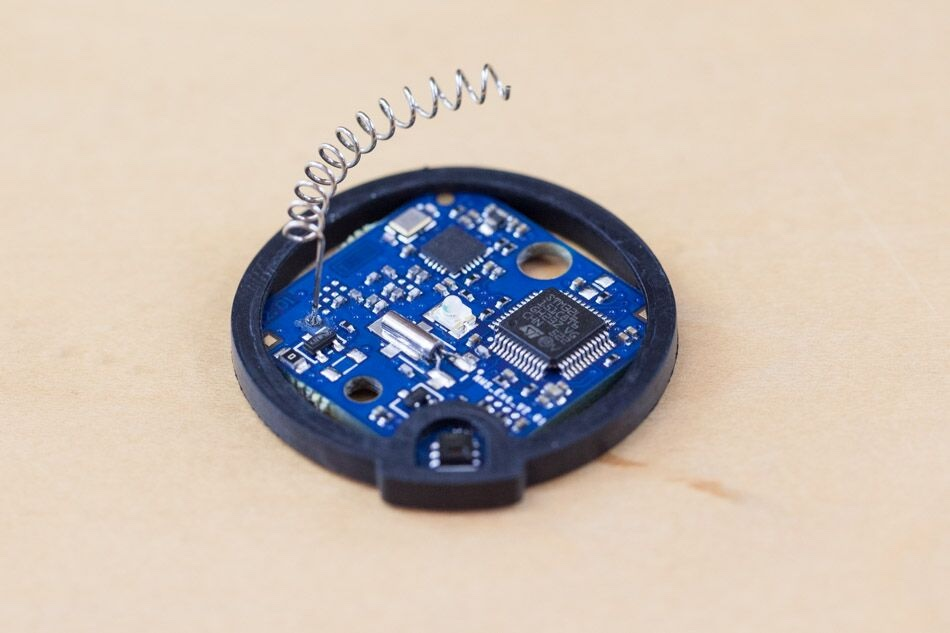This teardown of a personal weather station shows an LED which is apparently used for detection of carbon dioxide with an accuracy of +/-5% within 0-5000ppm:

All the commercially available carbon dioxide sensors I've found retail for above 100USD, so a low-power, low-cost sensor like this is appealing for IOT sensing (eg greenhouse monitoring). However, I haven't been able to find any information on this strange dome-shaped LED.
Another view:
The teardown says the LED is an infrared emitter/receiver pair: in the enclosure, it is pointed at a white surface, and it measures how much IR light is reflected from the white surface to calculate the CO2. This paper implies the sensor is an NDIR LED, and that its accuracy varies linearly with temperature, but doesn't go into specifics, and searching for NDIR LEDs shows expensive modules with waveguides.
Where could I find an LED like this? What specifications should I look for in an LED (eg spectrum, dome)?
Why haven't other companies done this, if it's so cheap and good?


